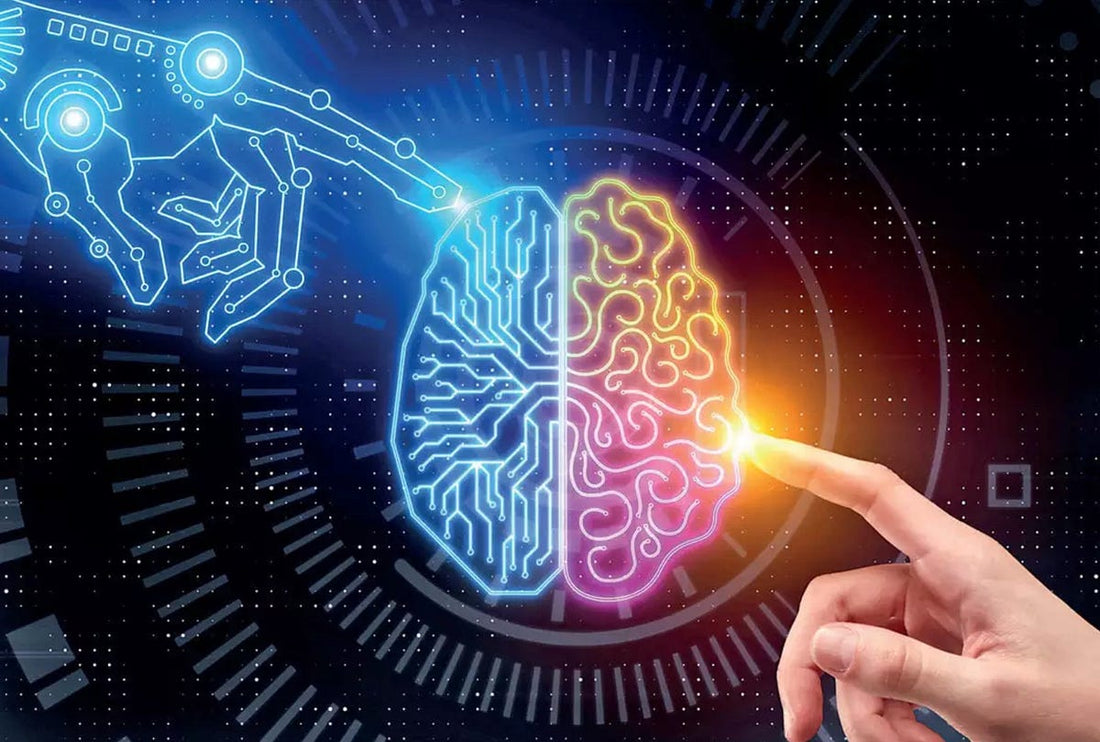
AI Makes Creative Execution Easier — But Strategy Still Needs a Human Brain
Share
From Insight to Execution: Why AI Can’t Replace Human-Led Marketing Strategy
As a data strategist and market researcher, creative marketing never came naturally to me. I could tell you what consumers think, what they buy, and why. I could model behavioral trends across platforms and generate dashboards that light up insights. But turning those insights into bold creative campaigns? That always felt just out of reach—until now.
In the past few years, AI agents have changed the marketing game. Tools like Canva Magic Studio, Jasper, and Runway have democratized creative execution, making it easier than ever for business owners, strategists, and non-designers to generate eye-catching visuals, engaging copy, and even short-form video content.
But here’s the catch:
AI can generate creative. It cannot understand your brand.
And it certainly can't define your marketing strategy.
What AI Does Well…
AI agents are brilliant assistants. They take in prompts and deliver fast, polished output. For time-pressed teams or solo founders, they eliminate blank page syndrome and fast-track the content creation process.
They can:
- Auto-generate social posts based on a blog.
- Translate insights into email subject lines.
- Create dozens of design variations for A/B testing.
- Repurpose one asset for multiple formats.
Platforms like Salesforce, Microsoft, and Adobe are embedding these capabilities directly into marketing suites. At Cannes Lions 2025, Salesforce CMO Ariel Kelman emphasized how AI is managing routine operations so teams can focus on high-level strategy (Business Insider, 2025). It’s not science fiction—this is real, and it’s happening now.
I’ll be the first to admit: tools like these have made it easier for me to express what I already know from the data. They help me close the gap between insight and activation.
…And Where AI Falls Short
While AI can deliver speed, volume, and efficiency, it doesn’t understand nuance. It lacks the ability to:
- Know which message best fits your audience and context.
- Choose the right moment or channel for execution.
- Evaluate creative for brand tone, competitive landscape, or long-term impact.
As Krithika Shankarraman, former VP at OpenAI, put it: "Human taste and craftsmanship will become the real differentiator" in a world where AI can generate endless amounts of content (Business Insider, 2025).
Even at the top levels, this principle holds true:
- L’Oréal uses AI to automate the creation of localized product copy. However, their content is always reviewed and refined by human teams to ensure consistency with brand tone, local culture, and emotional resonance. Their AI-powered marketing operations are framed by a deep understanding of their customer base and brand voice (Retail Dive, 2025).
- Coca-Cola launched its "Create Real Magic" AI platform to invite consumers to co-create branded art using OpenAI and DALL•E. But they maintained editorial oversight to ensure submissions align with brand identity, tapping into their marketing teams' understanding of how to reinforce global themes while staying culturally relevant (Coca-Cola Company, 2023).
- HubSpot integrates AI into their CRM and marketing automation tools to help businesses scale content, but it promotes a "human-first" content philosophy, ensuring messaging stays true to a company’s core values and strategic objectives (Hubspot, 2025).
Strategy—not just creativity—is where human minds shine.
The New Role for Insight Leaders
As someone who lives in the world of consumer behavior, I believe we’re entering a new era where analytics and creativity are no longer separate. AI is helping bridge the divide—but only if we know how to direct it.
Our role as marketers, strategists, and insight leaders isn’t disappearing. It’s evolving. We’re no longer just analysts. We’re creative conductors.
That means:
- Translating insights into creative briefs for AI.
- Reviewing and refining AI outputs to align with brand voice.
- Layering in emotional and cultural context.
- Ensuring content delivers on the actual business goal.
Even Reddit’s latest advertising innovations rely on human feedback. Their new AI-powered ad summarization tools, launched under their "Community Intelligence" umbrella, still highlight that human community sentiment is central to measuring relevance and brand fit (Axios, 2025).
Final Thought: Empowerment, Not Replacement
For me, AI didn’t replace the need for creative strategy—it empowered it. It made it easier for me to move from idea to execution without feeling stuck. It helped me test more, publish more, and bring insights to life in ways I couldn’t before.
But I still had to decide what mattered. I still had to know why consumers behave the way they do. And I still needed to tie each campaign back to a strategic business goal.
AI builds the assets. You tell the story.
And that story still needs a human brain to resonate.
